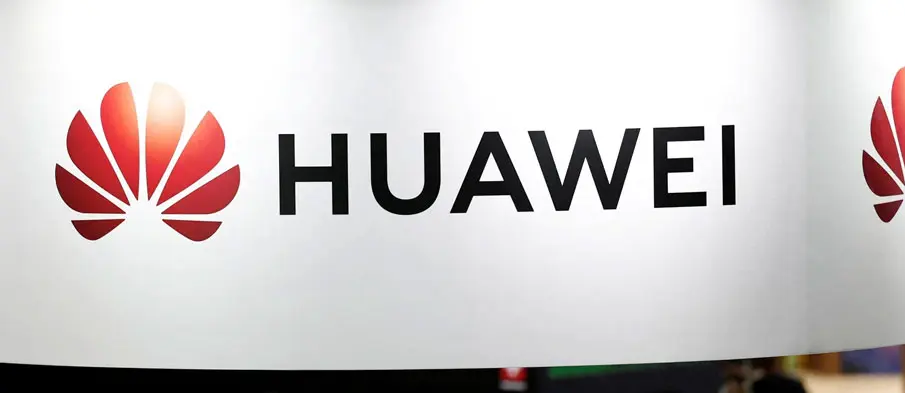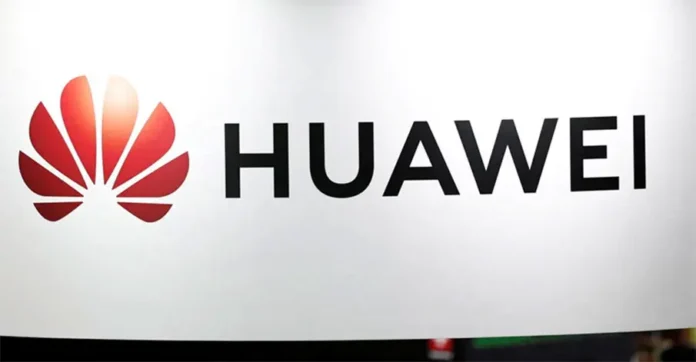
Huawei has outlined an ambitious three-year strategy to chip away at Nvidia’s dominance in artificial intelligence, with Rotating Chairman Eric Xu introducing the company’s upcoming Ascend processors and enhanced SuperPod designs. While acknowledging that Huawei’s silicon is not yet on par with Nvidia in terms of raw performance, Xu emphasized the company’s ability to leverage brute force, advanced networking, and government support to close the gap.
At the core of this effort is Huawei’s new UnifiedBus interconnect protocol, designed to cluster up to 15,488 chips into a single system. Xu framed clustering as central to overcoming China’s current semiconductor challenges, stating, “We believe only by relying on ‘SuperPod’ and cluster technology can we achieve a breakthrough in the constraints we face in chipmaking process technology and supply endless computing support for our country’s AI development.”
Xu further claimed Huawei’s inter-chip data transmission is capable of speeds up to 62 times faster than Nvidia’s upcoming NVLink144, underscoring the company’s belief that scaling and integration — rather than individual chip performance — will drive breakthroughs.
The announcement comes against the backdrop of escalating U.S.-China tensions, with Washington imposing tighter restrictions on Chinese access to advanced semiconductors. Beijing, in response, has urged domestic firms to double down on innovation and self-reliance. Huawei’s roadmap, revealed at the Huawei Connect conference in Shenzhen, marks a rare public disclosure of its AI ambitions and signals its intent to become a significant force in the global AI race.
Analysts are viewing the move as a strong message to markets. Bernstein noted, “Huawei’s willingness to publicly articulate its AI roadmap represents a strong signal of confidence in the resilience of its future local foundry supply.”
By banking on clustering and large-scale computing infrastructure, Huawei is betting it can offset restrictions in chip manufacturing technology and secure a leadership position in AI infrastructure. The company’s bold strategy not only positions it as a key challenger to Nvidia but also highlights the growing geopolitical dimensions of the AI and semiconductor industries.





